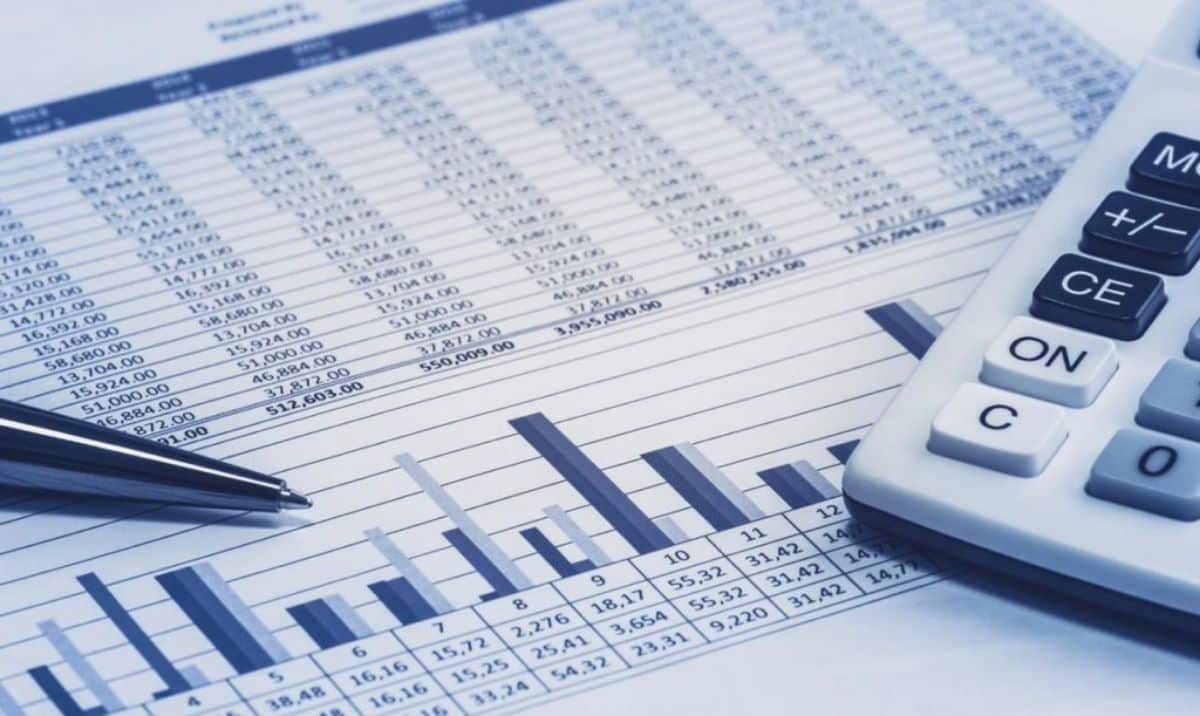
When we talk about accounting terms you know that there are a lot of them. The problem is that it is not easy to understand them. In this case, We are going to focus on the variation in inventories. Know what it is?
Next we are going to talk about what it is, what it means to have a positive or negative figure or how to calculate it. Thus, in the end this concept will be much clearer to you. Shall we start?
What is stock variation

This term is closely related to companies that are dedicated to manufacturing or selling products, because it is related to them. It refers to how stocks evolve. That is, what difference is there between the stocks at the beginning and those that are held at the end.
For example, Imagine that you have a company that sells perfumes. At the beginning, to sell, you have a stock or stock of 100 quantities. For a month you dedicate yourself to your business and when the last day of the month arrives you look at the stock and discover that you have 20. The difference is the change in stock.
Now, when thinking about this stock variation, there is something that may not be very clear to you. And it is that, when they are sold, that is, the final inventory is less than the initial one, although it supposes that you have sold, in reality it is an expense for you (because you have to replace and therefore allocate money). But If the final inventory is the same as the initial one, it is assumed that it is an income (Actually, since you don't have to spend, you still have that money you invested as an asset.)
Yes, we know that it is not easy to assimilate. Because, on the one hand, you get profits from sales, but part of them must be used to buy replacement stocks.
When is inventory change calculated?

Now that it is more clear to you what the inventory change is, you may wonder when it should be carried out. Every day? Weekly? A month?
Normally it should always be calculated at the end of the accounting year. In other words, it is always calculated on December 31. In this way, by January 1 you have the data of what parts of that new year and, until the next, you do not need to worry (although if you sell it is normal that you have several entries of stock replenishments).
How it is calculated

You already know the what, the when... let's go with the how? The stock variation formula is not difficult, but the example we have given you is the most basic. Actually, there are some aspects to take into account so that everything goes well.
To begin with, the formula for the change in inventories is as follows:
Stock variation = Ending Stock – Initial Stock
But this is the most basic. And in most cases it is not true. Therefore, another more detailed formula is the following:
Stock variation = Initial Stock + Manufactured Stock – Sold Stock
Moreover, in fact we can consider yet another formula. And it is that imagine that your company is of books. When you put them on the market, you send several to bookstores, which means that you have books "on deposit" that you do not know if they are sold or not, and that, sooner or later, will return to you.
That being said, final stocks are contingent on what they can return to you. Therefore, we must take into account the real data in terms of sales. That is why it is recommended, as of December 31, have all the products to be able to make a more faithful variation to the reality of the company.
How the accounting entry of the variation in inventories is carried out
You want to know how to record the variation in stocks in accounting. To begin with, you must take into account several elements that are part of it. Among them are the following:
Dates
Whenever an accounting entry is made, it must come with a certain date so that it is well registered. In this case, and as we have told you, the change in stocks is only marked once in accounting, on December 31. This is also called "stock regularization."
Accounts
In this case, we are referring to the accounts that will be involved in the change in inventories. These accounts are found in Group 3 of the General Accounting Plan. Specifically, the most important are the following:
- Account 300 Merchandise: Here are the products you buy to sell.
- Account 330 Products in progress: They are those raw materials that are needed to manufacture the products that are sold.
Other accounts to consider are 310, 340 and 350.
However, you must also take into account the counterpart, which appears in group 6 or 7. Of this you can find two important ones, such as 610, related to account 300; and the 710, with the account 330.
And, as in the above, other accounts to take into account are 711, 712, 713.
The inventory change entry
This will only appear on December 31 and in it, on the one hand, the initial stocks must be removed. On the other, the finals are registered. In other words, it is necessary to balance so that the following year begins with the initials alone, without dragging anything else.
In this case we are going to use an example to make it clear to you.
You have a company that had, at the beginning of the year, 15000 products to sell. At the end of the year, it has 10000 products.
First, you will have to cancel the initial stocks, that is, you have to write an accounting entry (610 or 712) with the number of product stocks at the beginning of the year and at the end.
In this case, 15000 products.
Next, the registration of final stocks would be created, again with accounts 330 (or 350) and 712.
Thus, a priori, it may not be very clear to you, but you always have to end the year and close everything to start the new one with what is left of the previous year (or with a greater amount if more has already been invested in it). Is the variation in stocks clear to you?